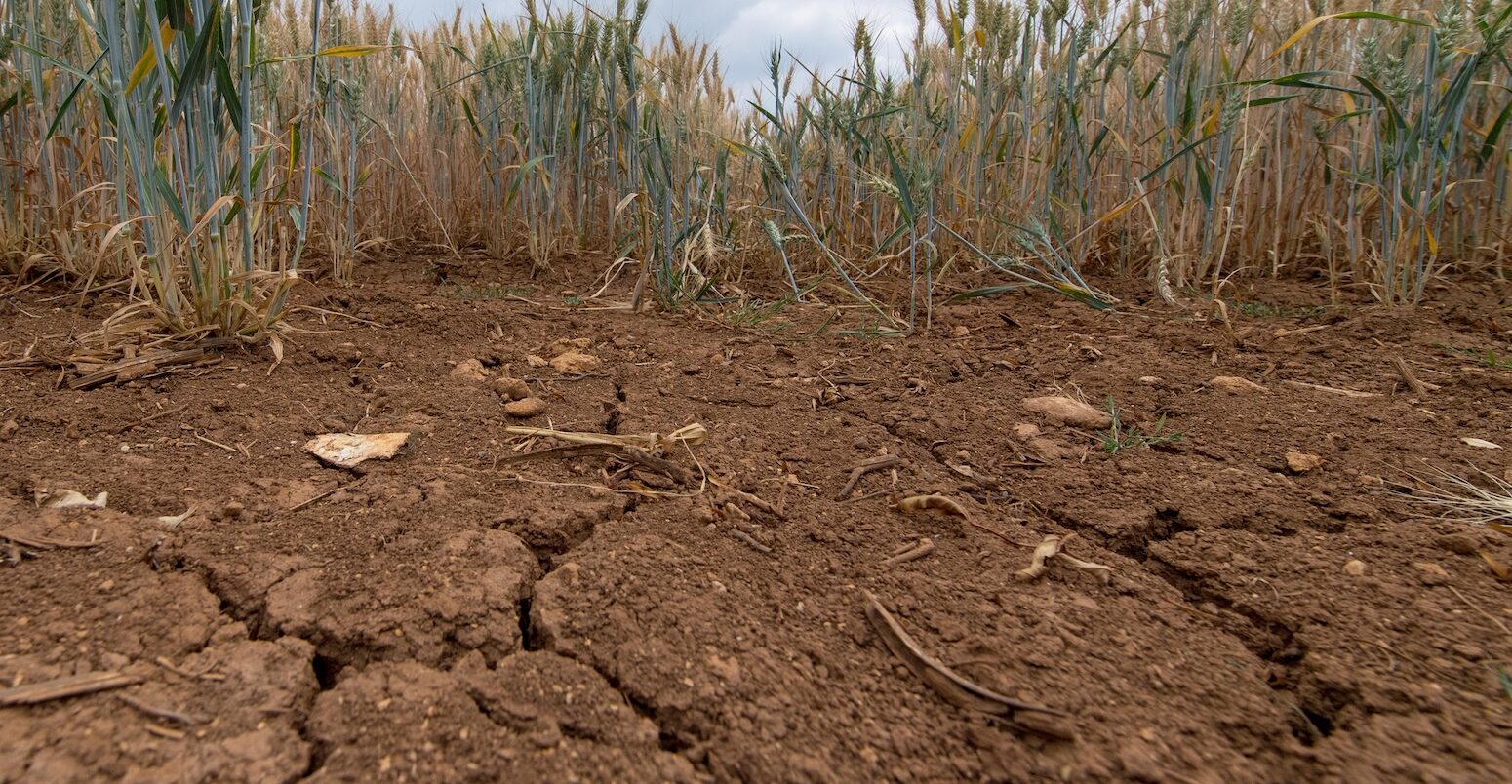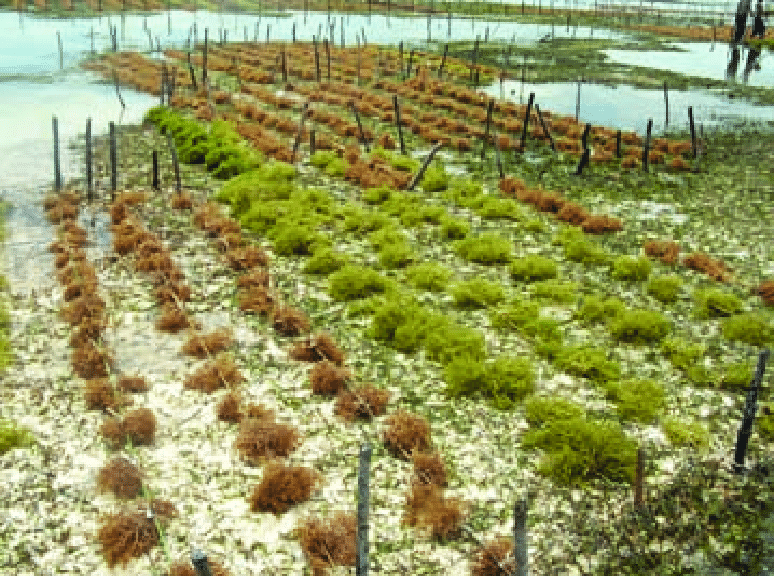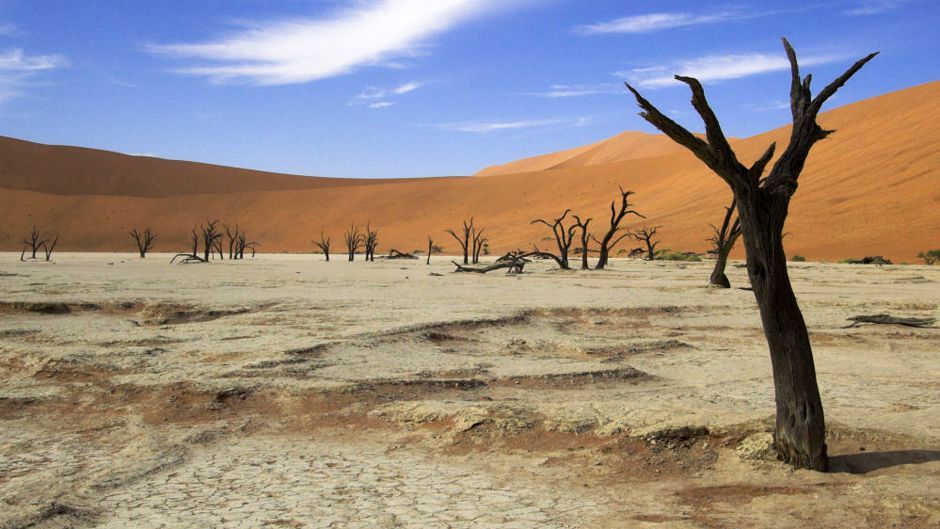Climate change poses a significant threat to the fundamental functions of forests, which play a crucial role in maintaining ecological balance and supporting biodiversity. One of the most critical functions of forests is their capacity to absorb carbon dioxide (CO2) from the atmosphere, acting as carbon sinks. However, without adequate action to address climate change, this capacity is increasingly at risk.
How Climate Change Impacts Forests
- Temperature Increases: Rising global temperatures can stress trees, especially those in regions not adapted to higher temperatures. This stress can reduce their growth rates and weaken their ability to absorb CO2.
- Altered Precipitation Patterns: Changes in rainfall patterns, including prolonged droughts and intense storms, can disrupt forest ecosystems. Droughts can lead to water shortages, impairing tree health and growth, while intense storms can cause physical damage to trees and soil erosion.
- Increased Frequency and Intensity of Wildfires: Higher temperatures and prolonged dry periods increase the likelihood of wildfires. Wildfires release significant amounts of CO2 into the atmosphere, destroy large swathes of forest, and impair the forest’s ability to recover and sequester carbon.
- Pest and Disease Outbreaks: Warmer temperatures and changing precipitation patterns can create favorable conditions for pests and diseases that damage trees. For instance, the bark beetle epidemic in North America has been linked to warmer winters, which allow more beetles to survive and infest forests.
- Shifts in Species Distribution: As climate conditions change, the range of suitable habitats for various tree species shifts. This can lead to the decline of species that cannot adapt quickly enough or migrate to more suitable areas, resulting in reduced biodiversity and altered forest composition.
The Decline in CO2 Absorption Capacity
Forests’ ability to sequester CO2 depends on their health and productivity. Climate change undermines these factors in several ways:
- Reduced Growth Rates: Stressed trees grow more slowly, reducing the amount of CO2 they can absorb.
- Increased Mortality Rates: Higher rates of tree mortality due to stress, disease, and fire reduce the number of trees available to sequester CO2.
- Decomposition and Carbon Release: Dead and decaying trees release stored carbon back into the atmosphere, negating the carbon sequestration benefits.
- Changes in Forest Composition: Shifts in species composition can lead to forests dominated by species that are less effective at sequestering CO2.
Importance of Action
To mitigate these impacts, proactive measures are essential:
- Conservation and Restoration: Protecting existing forests and restoring degraded ones can enhance their resilience to climate change and maintain their carbon sequestration capacity.
- Sustainable Forest Management: Implementing practices that reduce stress on forests, such as selective logging and controlled burns, can help maintain forest health.
- Afforestation and Reforestation: Planting trees in deforested areas and creating new forests can help offset some of the carbon emissions.
- Climate Change Mitigation: Reducing greenhouse gas emissions globally is critical to limiting the extent of climate change and its impact on forests.
The forest protection and restoration reform aims to reduce the risks of the introduction and spread of forest pests in forest restoration. This will be achieved through expert supervision and transparent tracking of the origin and genetic diversity of forest reproductive material. This will contribute to the health of forests and their adaptability to climate change.
The reform will have a positive impact on the good condition of forest-related habitats and species and on strengthening ecological services, biodiversity and resilience to climate change. It is sustainable and involves upgrading climate change restoration and mitigation regulations and climate-related disasters.
The revision of the rules governing forest reproductive material will allow young forest to adapt to a climate-related changing environment.
What are the changes to the rules:
• marketing of forest reproductive material of adequate quality to maintain adaptability to climate change;
• a greater number of geographically dispersed nurseries ensure the conservation of forest genetic resources, the sustainable development of multifunctional forests and the genetic diversity of tree species and the preparation of forests for unexpected climate and weather changes;
• better tracking and professional supervision for the purposes of certification of forest reproductive material;
• non-technical arrangements, transparency and clarity of the procedures for obtaining and issuing a certificate of origin for forest reproduction material.
To this end, the Ministry of Agriculture, Forestry and Food has adopted three sets of rules in 2022:
• Rules on the conditions for entry in the Register of Suppliers and Other Obligations of Suppliers and Requirements for the Marketing of Forest Reproductive Material,
• Rules amending the Rules on the conditions for entry in the Register of Suppliers and Other Obligations of Suppliers and Requirements for the Marketing of Forest Reproductive Material,
• Rules on master certificates identifying forest reproductive material.
The Ministry will monitor the effects of the reform through the National Forest Programme, and criteria and indicators will include, but are not limited to, timber stock, forest area, carbon stock and forest damage.
Additional links:




